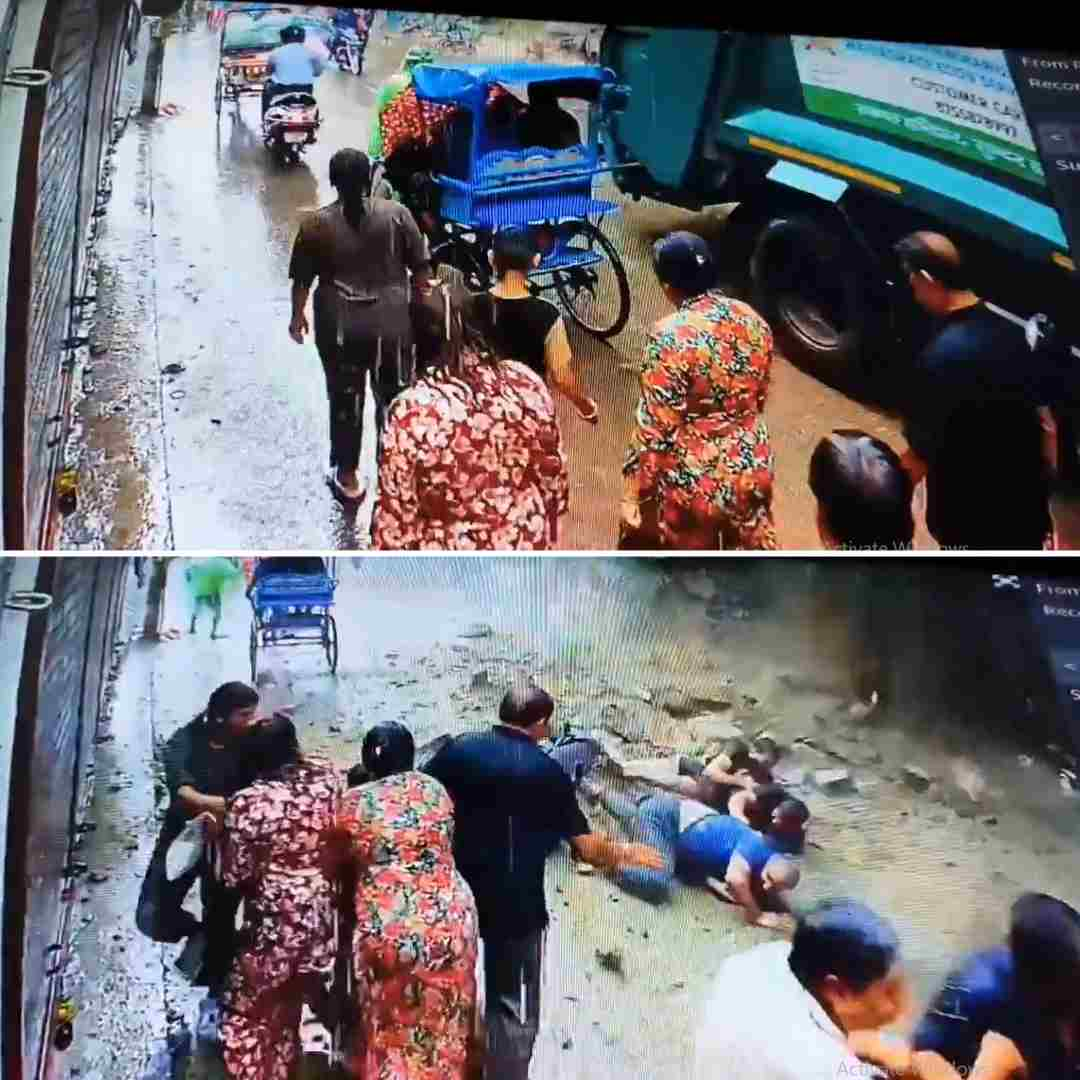On the evening of August 5, 2025, a significant portion of the Mansa Devi hill near the Bhimgoda railway tunnel and Kali Mata temple in Haridwar, Uttarakhand, collapsed, causing a massive landslide. Debris fell onto the busy Har Ki Pauri–Bhimgoda road and railway tracks, narrowly missing three men riding a motorcycle who escaped with minor injuries. Torrential rains in the region contributed to the destabilisation.
Authorities promptly barricaded the area, halted train services on the Haridwar–Dehradun–Rishikesh corridor, and initiated debris removal operations. This incident adds to recent safety concerns following a deadly stampede at the Mansa Devi temple in July 2025, where six people died due to panic triggered by a rumour. Rescue teams remain on alert in the region amid ongoing monsoon challenges.
Haridwar’s Narrow Escape from Disaster
The landslide occurred at around 7:30 pm near the Kali Mata temple and Bhimgoda railway tunnel. A loud crash startled nearby shopkeepers and passersby as large boulders and earth tumbled down the hill, smashing through the protective iron netting installed to guard the tracks and road.
Dramatic CCTV footage captured the moment as falling rocks struck a motorcycle, sending it skidding across the waterlogged surface. Eyewitnesses described a scene of panic with locals rushing to aid the three youths who escaped with minor injuries. The debris blocked railway lines, disrupting train services until clearance works resumed the following afternoon. Police officer Ritesh Shah confirmed that the safety perimeter has been secured, and locals were urged to avoid the area.
Background: Mansa Devi Hill’s History of Hazards and Recent Temple Tragedy
The Mansa Devi hill region is prone to seasonal landslides, especially during the monsoon. In 2023, heavy rains caused repeated debris falls, affecting over 100 trains. Despite a 2024 installation of steel guards and nets to prevent debris from crashing onto vital road and rail infrastructure, the region remains vulnerable to extreme weather.
Compounding these risks, just weeks prior, on July 27, 2025, a stampede on the stairway to the Mansa Devi temple resulted in six fatalities and several injuries. The panic was triggered by a false rumour of an electric hazard on the stairs. Authorities launched a magisterial inquiry and enhanced crowd control measures following the tragedy. These two events highlight the ongoing challenges faced in balancing pilgrimage safety and natural hazard resilience in this sacred but vulnerable hilly terrain.
The Logical Indian’s Perspective
The recent landslide and temple stampede at Mansa Devi underscore the complexity of safeguarding lives in Uttarakhand’s hill areas, where natural fragility intersects with heavy human activity. The Logical Indian advocates for comprehensive, proactive measures beyond immediate responses, including robust infrastructure investment, advanced environmental monitoring, and community-based disaster preparedness. Integrating technology with local knowledge and cultural sensitivities will be key to ensuring pilgrim safety and ecological balance.
Compassionate governance requires transparent communication, timely investigation, and empathetic support for victims’ families and affected communities. This incident prompts reflection on how Uttarakhand and other hill states can harmonise development, pilgrimage, and nature conservation to prevent such tragedies.











